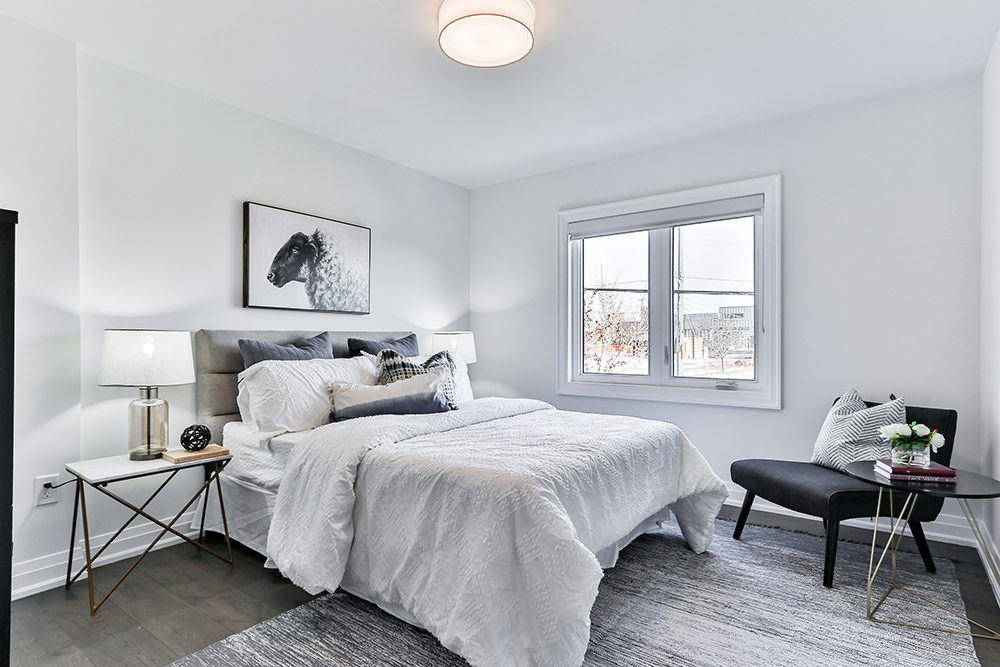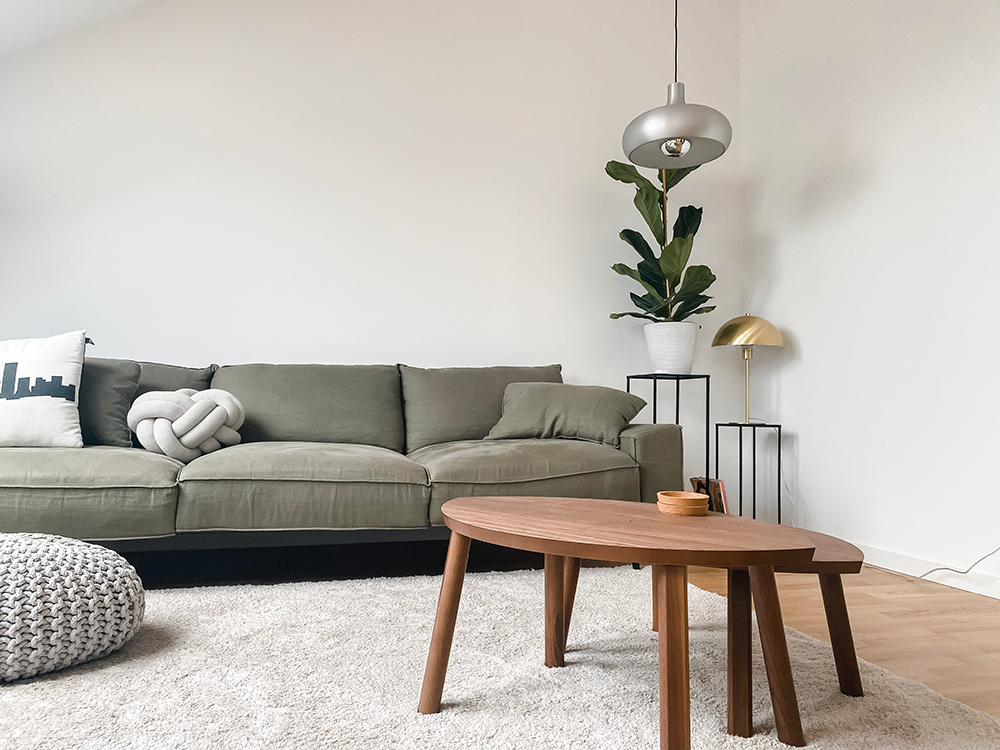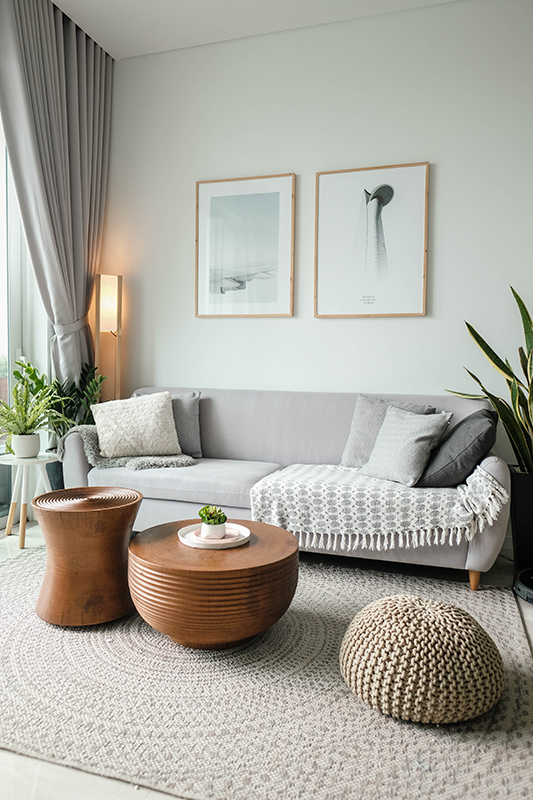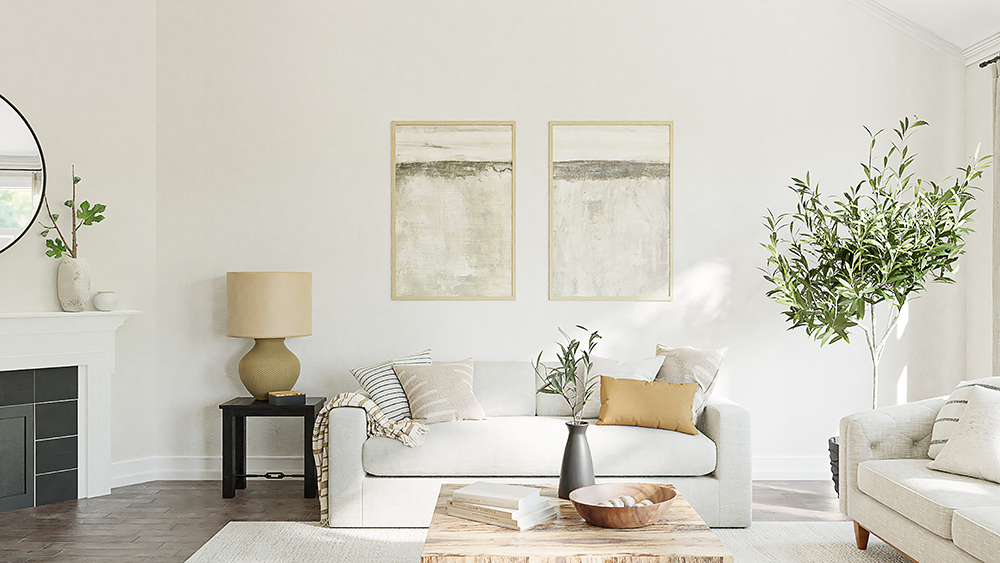Your bedroom is not just a place for sleep; it’s a sanctuary for relaxation, rest, and rejuvenation. One key factor in creating a harmonious and comfortable bedroom environment is the arrangement of furniture. The way you arrange your bedroom furniture can significantly impact the overall aesthetics and functionality of the space. Whether you’re moving into a new home or simply looking to revamp your bedroom, these tips on arranging bedroom furniture will help you create a stylish and inviting oasis that suits your lifestyle and needs.
1. Measure and Plan
Before you start rearranging furniture, take accurate measurements of your bedroom’s dimensions. Consider the placement of doors, windows, and any architectural features that might affect your furniture arrangement.
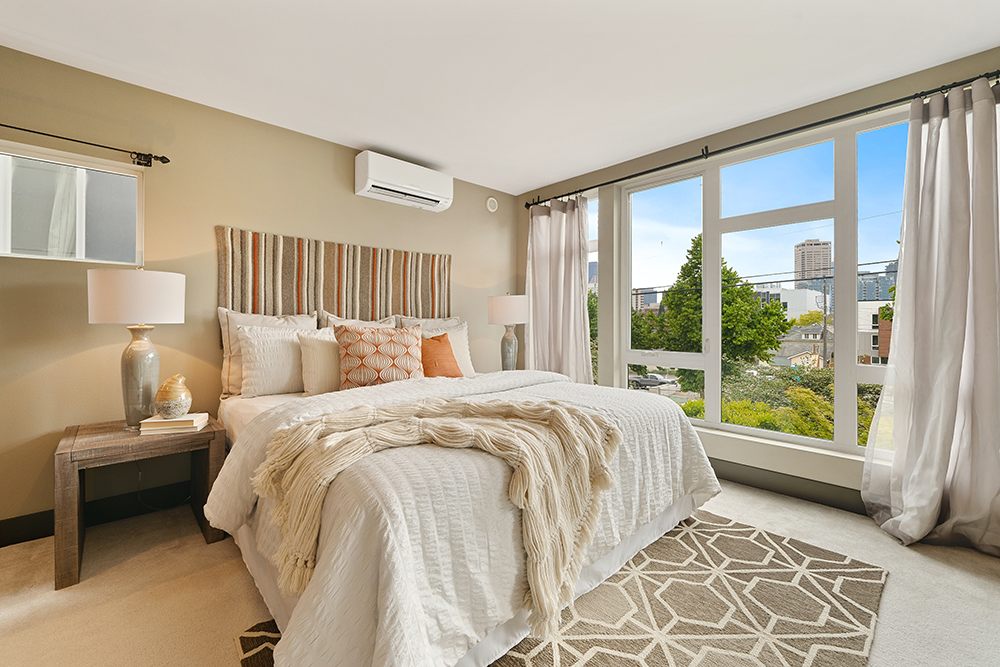
Use graph paper or digital room planning tools to create a scaled layout of your bedroom. This will allow you to experiment with different furniture configurations without having to move heavy pieces around physically.
2. Identify the Focal Point
In most bedrooms, the bed is the natural focal point. Arrange your bed in a way that it’s the first thing you see when entering the room. If you have an appealing headboard or a beautiful piece of artwork above the bed, make sure it commands attention. Orienting the bed along the longest wall usually works best, but adapt this based on your room’s unique layout.
3. Maximize Functionality
Your bedroom should be a functional space that meets your daily needs. Consider the activities you typically do in your bedroom, such as dressing, reading, or watching television. Ensure that furniture like dressers, nightstands, and reading chairs are easily accessible and not obstructing walkways.
4. Leave Ample Walking Space
Maintain enough space around the bed and other furniture to move around comfortably. A cluttered and cramped bedroom can negatively impact your sleep and overall well-being. As a general rule, leave at least 2 to 3 feet of space around the bed and between furniture pieces.
5. Create a Cozy Reading Nook
If you have enough space, consider adding a cozy reading nook with a comfortable chair or chaise lounge. Place it near a window or a well-lit corner, and accompany it with a small side table to hold books and a cup of tea.
6. Balance and Symmetry
Symmetry can bring a sense of order and balance to a bedroom. Consider placing matching nightstands and lamps on either side of the bed. However, don’t be afraid to break away from symmetry if it doesn’t suit your style. Eclectic and asymmetrical arrangements can add a touch of personality to your space.
7. Utilize Wall Space Efficiently
To make the most of your bedroom’s layout, utilize vertical wall space. Install shelves or wall-mounted cabinets for additional storage, keeping the floor area clutter-free and visually appealing.
8. Consider Traffic Flow
Pay attention to how you move through the room and arrange furniture accordingly.

Avoid placing furniture in a way that creates obstacles or disrupts the natural traffic flow. Easy movement around the room is essential for a calming and functional bedroom.
9. Incorporate Mirrors
Mirrors can visually expand the space and reflect light, making the room appear more open and brighter. Place a full-length mirror on the back of a door or an empty wall, or use smaller decorative mirrors to add a touch of elegance.
10. Personalize with Décor
Finally, add your personal touch to the bedroom with décor elements such as artwork, plants, rugs, and throw pillows. These accessories can tie the room together and create a warm and inviting atmosphere.
Conclusion
Arranging bedroom furniture is not just about aesthetics; it’s about creating a space that promotes relaxation and rejuvenation. By considering functionality, traffic flow, and your personal style, you can transform your bedroom into a stylish and harmonious sanctuary that you’ll look forward to coming home to every day. Take your time, experiment with different layouts, and don’t be afraid to let your personality shine through in the décor. With these tips, your bedroom can become your favorite retreat within your home.

